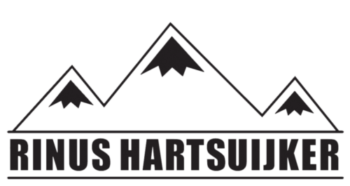The road to Hell and back
Die Hel is a narrow isolated valley about 20 miles long with a maximum of 600 feet wide located in the Swartberg mountain range.
The Gamkaskloof was discovered in the early 19th century by farmers, but the first permanent settler settled in the valley in the 1830s. It grow to a community of around 160 individuals. The residents lived there in comparative isolation for about 130 years. They used donkeys and walked across the Swartberg mountains to reach the nearest towns.
They farmed grain, vegetables, fruits, tea and tobacco, along with distilling witblits and brewing beer made from wild honey.
The only road in to the valley had not bin build until 1962 which led to the depopulation of the community. The children attended high schools in the nearby villages and most of them did not return to the subsistence life in the valley. The elderly retired to retirement villages outside the valley and the number of residents diminished until all but one person sold their homes to the Western Cape Nature Conservation Board in 1991.
Die Hel: Nobody is sure where the ‘Die Hel’ name came from. One popular story is that a Piet Botha (an animal inspector) visited the valley in the 1940s and used a particularly difficult route known as the ‘die leer’ into the valley. He described the experience as “hell”. Another story is that workers that worked at the farms where not allowed to leave once arrived in the vally. This valley is one of the most historical places in the world, still having many untold stories and surely a few secrets never to be known.
Up until today the drive to Die Hell stays a hell of a ride. A 46km one way route. Getting there is possible, but you need a 4WD and nerves of steel to navigate the snaking dirt road that offers the only access to Die Hel.
A small, winding strip almost looks like a divide. We try our best to stay on the track, but doing your best is not enough, looking into the enormous abyss we figure that a small mistake is all it takes…Rusty carwrecks deep down show us what remains of small mistakes.

At the end of the long and winding road we reach the highest point and before us the valley opens up. We descent and drive past the remains of some old farmhouses. Just before we reach the end of the gorge (kloof) we see a beautiful green lawn with firepits. It gives us the impression that we have reached the oasis in the desert. The owner is a friendly guy who gives us permission to camp.
As soon as it turns dark we really notice that we are all alone, the moon and stars are at their brightest. When we look around us we see a lot of glowing eyes out of the vegetation: baboons, badgers and frogs are hiding all around us.

We build a slackline in between two trees, we run and build a fire for a hot shower. Or rather, we try to do that last thing. Many places in South Africa where there is no permanent source of gas or electricity they use a donkey system. This is barrel made of (stainless) steel which is under pressure from a water pipe. Cold water from the water pipe comes in from underneath and hot water comes out of the top when you have a fire under the barrel.
It is already very dark outside when we wait by our campfire for the water to heat up so we can have our shower under the bright stars. Our wait comes to an end when we hear a pipe burst and we see a mixture of cold and hot water come from the ground while the barrel looses its pressure as does the water pipe itself. Like a little fountain the water leaps us from the ground. Helga runs to the nearest stream to get water to douse the fire under the barrel while I get the shovel to find the waterpipe. Just before Helga comes back with the water I can see the barrel shrinking due to the uneven distribution of heath and no water in the barrel. The plastic waterpipe is soon found and when I close the supply of water towards the donkey the pressure is back up. No shower for us though…
When we inform the owner of the campground what has happened we get a big smile: “Ah well,” he says, “I made the donkey myself and I was still testing it. It doesn’t really matter, I’ll either fix it or build a new one.” Enough time here in Hell.
